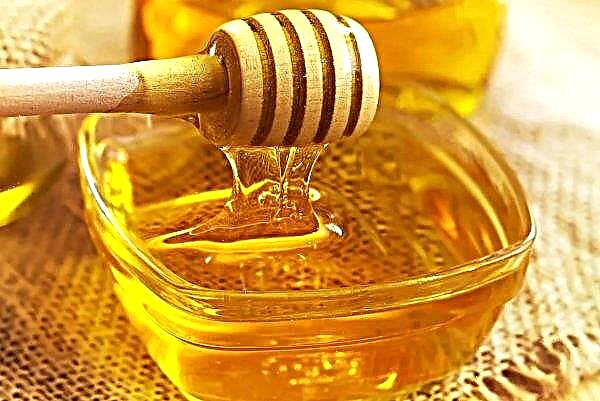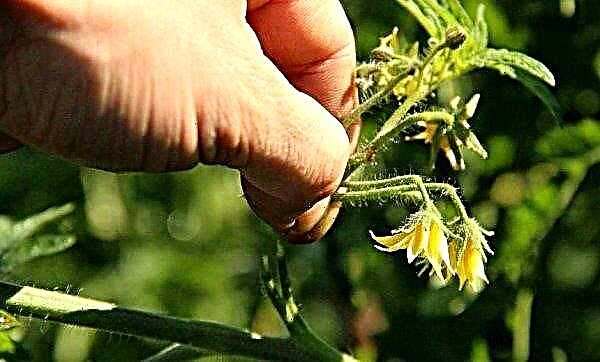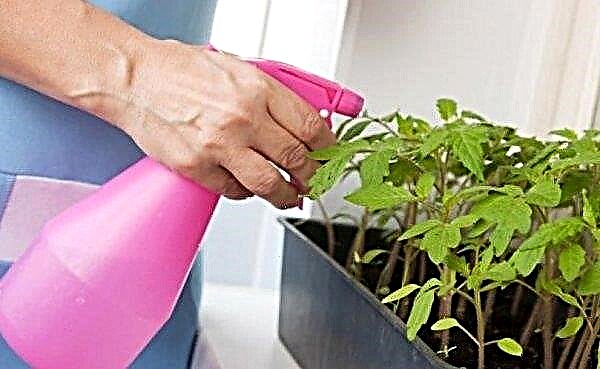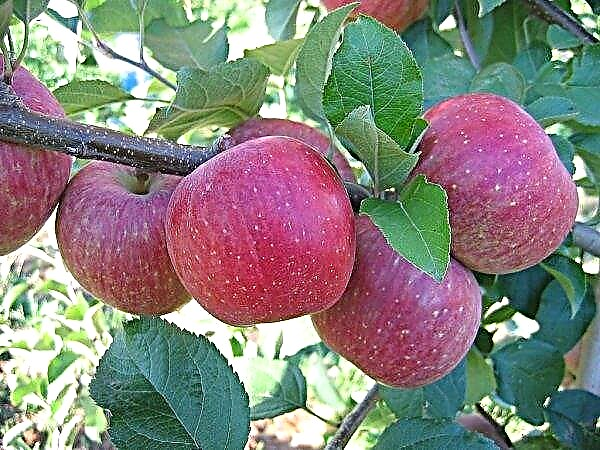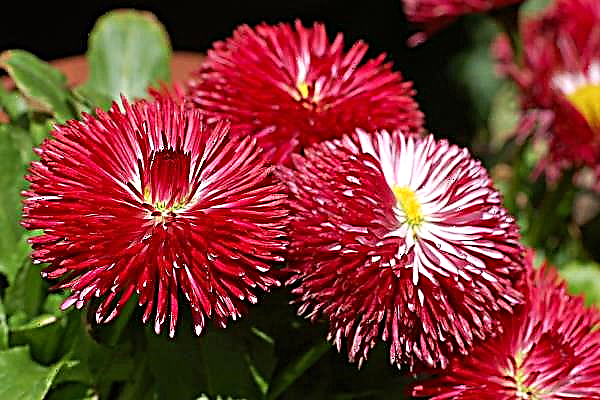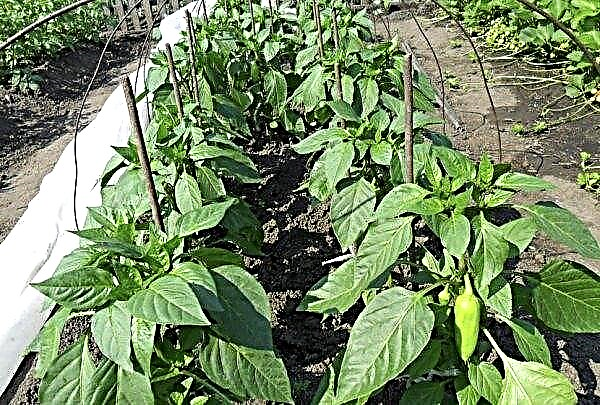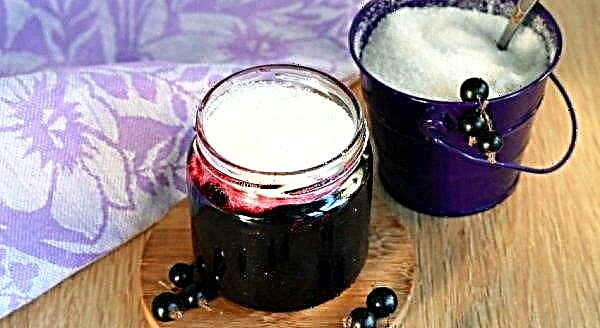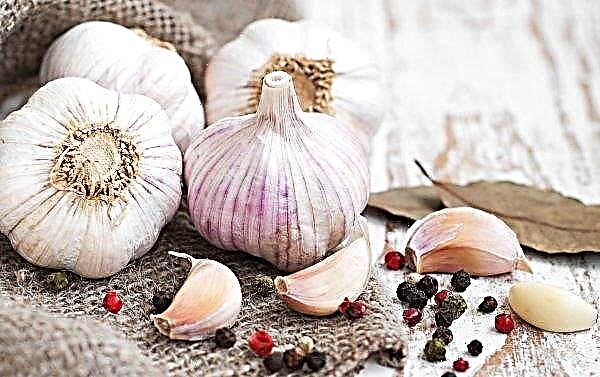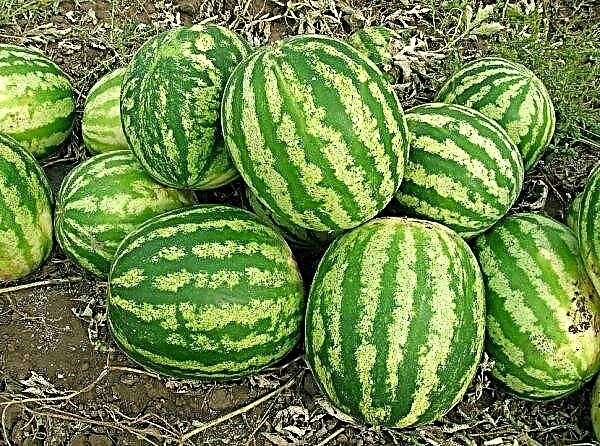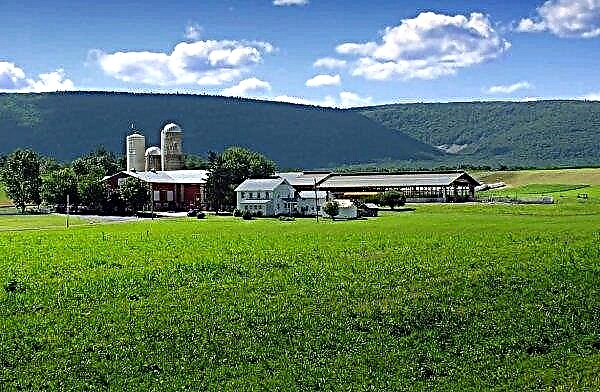Tsuga Canadian Pendula (Tsuga canadensis Pendula) refers to coniferous pine plants that remain evergreen all year round. Originally from North America, this tree is common in Minnesota, Alabama and Nova Scotia. At home, it is used in leather tanning, decoration and landscape design.
Botanical Description
Short description of Tsugi Pendula:
- size: height 2.8–3.5 m, diameter from 2 to 3 m;
- crown: hipped, cushioned or cascading;
- needles: dark green, shiny, dense;
- cones: oval, length from 1.5 to 2 cm, light brown;
- climate: humid, cool, shaded gorges and cold plains (as in Canada) are well suited;
- insolation: in the open sun, withering or “spring” burns may occur, partial shade is better;
- soil: slightly acidic or neutral;
- developmental features: it can grow tied to a support or vaccinated on a stem.
Use in landscape design
Tsuga Pendula in landscape design is often used in single compositions of small size, along with shrubs and perennial herbs.
In addition, modern designers use wood:
- to create a green fence;
- as an additional component in rockeries;
- for planting larger trees;
- when making artificial lakes;
- as an additional element in rock gardens.

Landing rules
Canadian Tsugu should be planted at a certain time: in late spring or early autumn, when the weather is warm outside. The tree grows well in soil with an acidity of 6–7 pH. The soil should be moist and enriched with nutrients. If there is a possibility of stagnation of water on the site, then the place where the tsuga will grow must be drained.
So that efforts to grow plants are not wasted, you should follow a few rules:
- Choosing a favorable landing site.
- Proper planting of a seedling.
- Proper tree care.
Did you know? Tsugi needles contain a large amount of vitamin C, so it is not for nothing that the American Indians prepared decoctions from the needles of this tree to maintain physical strength.
Seat and Seedling Selection
When choosing seedlings, you need to pay attention to such factors:
- height of planting material - not more than 0.5 m;
- state - the branches must be healthy, with a bright color;
- root system - roots not knocked down in one lump are suitable for planting in the ground, a uniform ball from the root system is good for a pot.

The place where the young tree should grow and gain strength should be chosen darkened (so that the needles did not get "burns" in the spring) and closed from drafts. The first few years, the plant should be protected from the influence of sharp air masses and polluted air. Under such conditions, it will develop poorly, it may even become ill.
Important! Pendula poorly develops on oversaturated lime and saline soil, so the soil should be desalinated before landing on a similar site.
Step-by-step instruction
Planting a tree can be divided into several steps:
- Digging a hole. The size of the recess should be twice the size of the root system.
- Soil preparation. At the bottom of the pit drainage is laid with a layer of 12 to 20 cm, on top is a soil mixture (sand, turf and leafy soil in a ratio of 2: 2: 1). Instead of a soil mixture, you can use a combination of compost and soda soil in a 1: 1 ratio.
- Landing. The seedling is planted exactly in the middle of the pit and is covered with previously extracted soil. The place on the tree where the root goes into the trunk cannot be filled up.
- Watering. Under one sapling, it is necessary to pour a bucket of water, after which the roots are sprinkled with wood chips or bark.
 If a gardener plants more than one seedling, it is worth paying attention to the fact that there should be a distance of 2 m between the towers.
If a gardener plants more than one seedling, it is worth paying attention to the fact that there should be a distance of 2 m between the towers.Care
When growing conifers, the gardener may encounter problems such as yellowing or falling of needles. It is especially annoying to observe this process when breeding Tsug, because they are grown solely because of the decorative properties. Take care of the plant, observing several requirements.
If such problems arise, the reasons may be:
- improper watering;
- erroneous top dressing;
- illiterate pruning.

Watering and feeding
Watering is best done once a week, 1 bucket per plant. Also, Tsuga, like all coniferous plants, loves the process of “strangulation”, which must be done once a month. This is necessary provided that the next 4 weeks there is no precipitation.
Important! Pendula does not like top dressing containing nitrogen, if the tree is fertilized with a mixture with this element, it can become sick.
The soil in which the tree grows is fertilized the first 2 years after planting, with mixtures containing phosphorus. This must be done in the middle of spring or autumn. Also, the plant can be fed with compost, diluting 150-200 g of fertilizer in a bucket of water.
Loosening and mulching
When growing Tsugi, it is necessary to pay attention to such a process as mulching. For this, wood chips or bark are used. A cover made of natural material provides moisture retention and will not allow the root system to overheat during the summer heat.
In late September or early October, it is necessary to loosen the soil around the tree. Also required when caring for this plant is the removal of weeds in the growing area, since they can transmit parasitic organisms to conifers.
How to crop
Pruning plants is of two types:
- sanitary;
- formative.

Given the slow growth of Tsugi, its forming pruning is rarely carried out - no more than 1 time in 3 years. The tree already has a decorative crown, so it’s not worth putting a lot of effort into its formation. Formative pruning is carried out in the autumn, and it consists in destroying shoots that go beyond the visual boundary of the composition or the living fence. Sanitary pruning is carried out in early spring before the Tsuga has started up the juices. It consists in the removal of dry or broken branches.
Tsuga Pendula, thanks to its unusual crown and non-capricious attitude to the place of growth, will be a wonderful decoration for any household plot or small city park.Did you know? In North America, Tsuga is still widely used in light industry. Its wood is used for upholstery of furniture or floors, and acids used for dyes are extracted from the bark.

